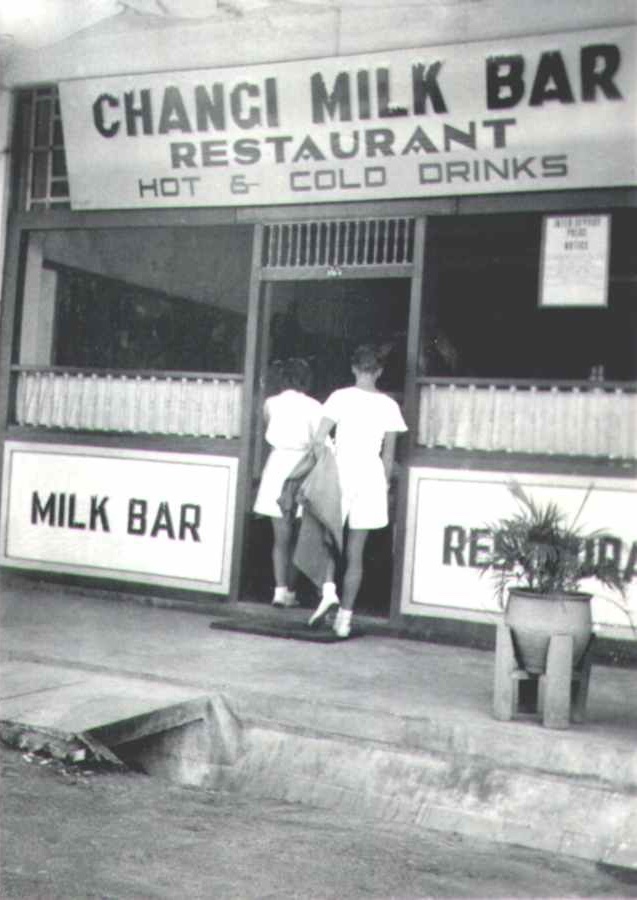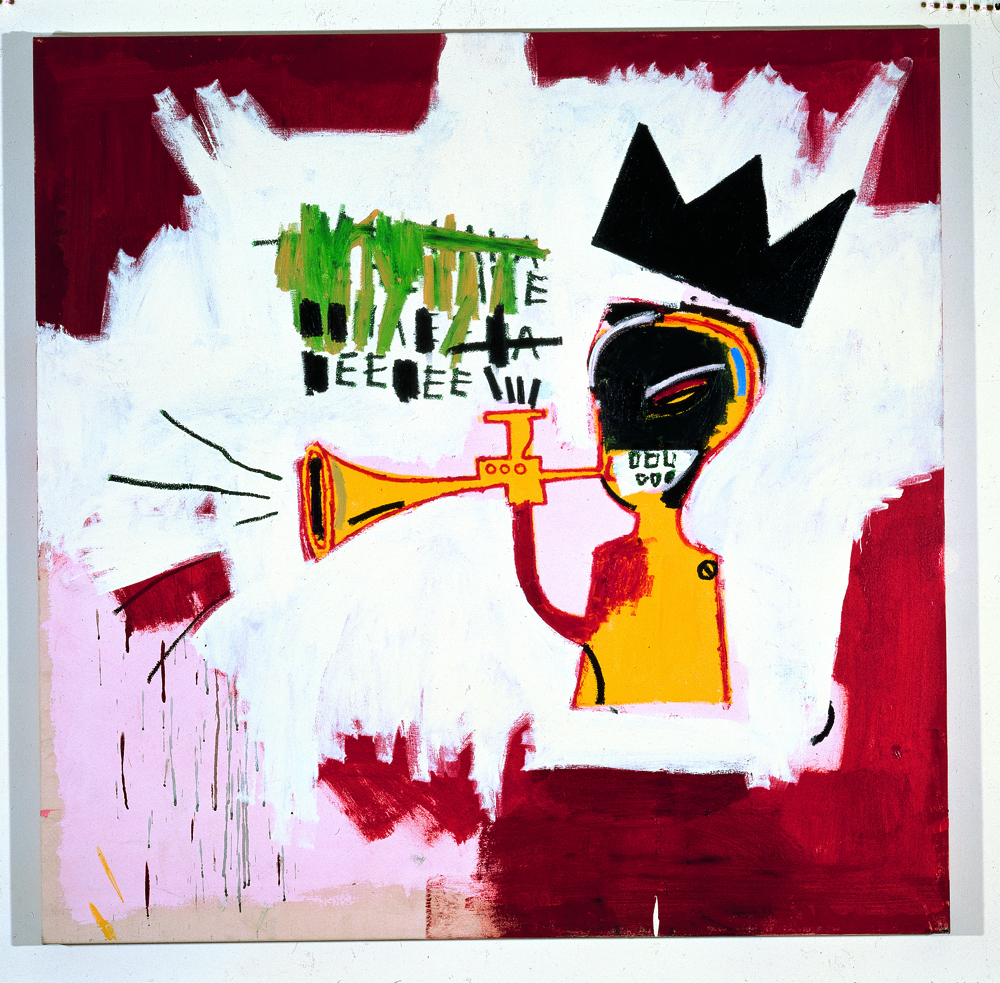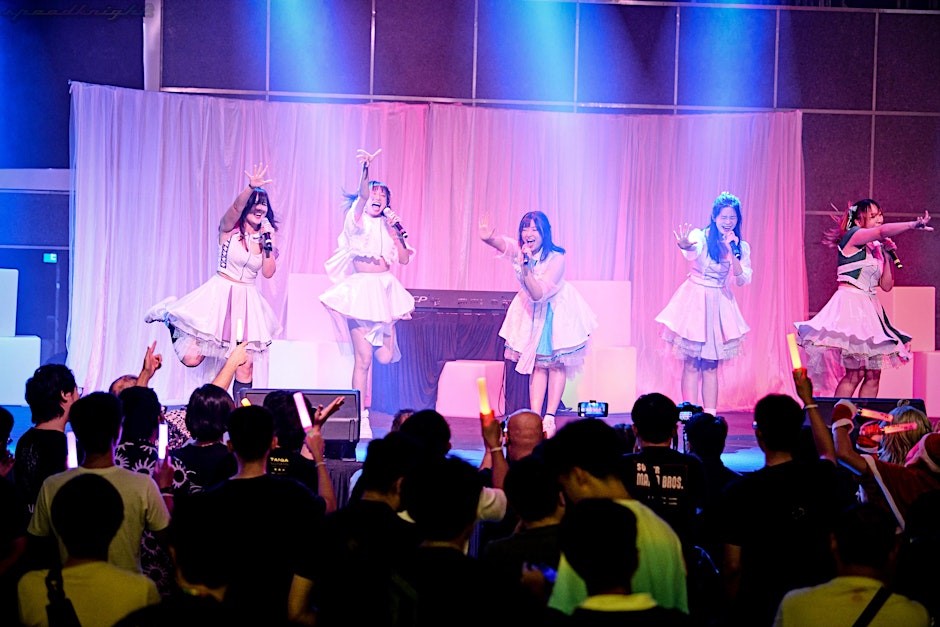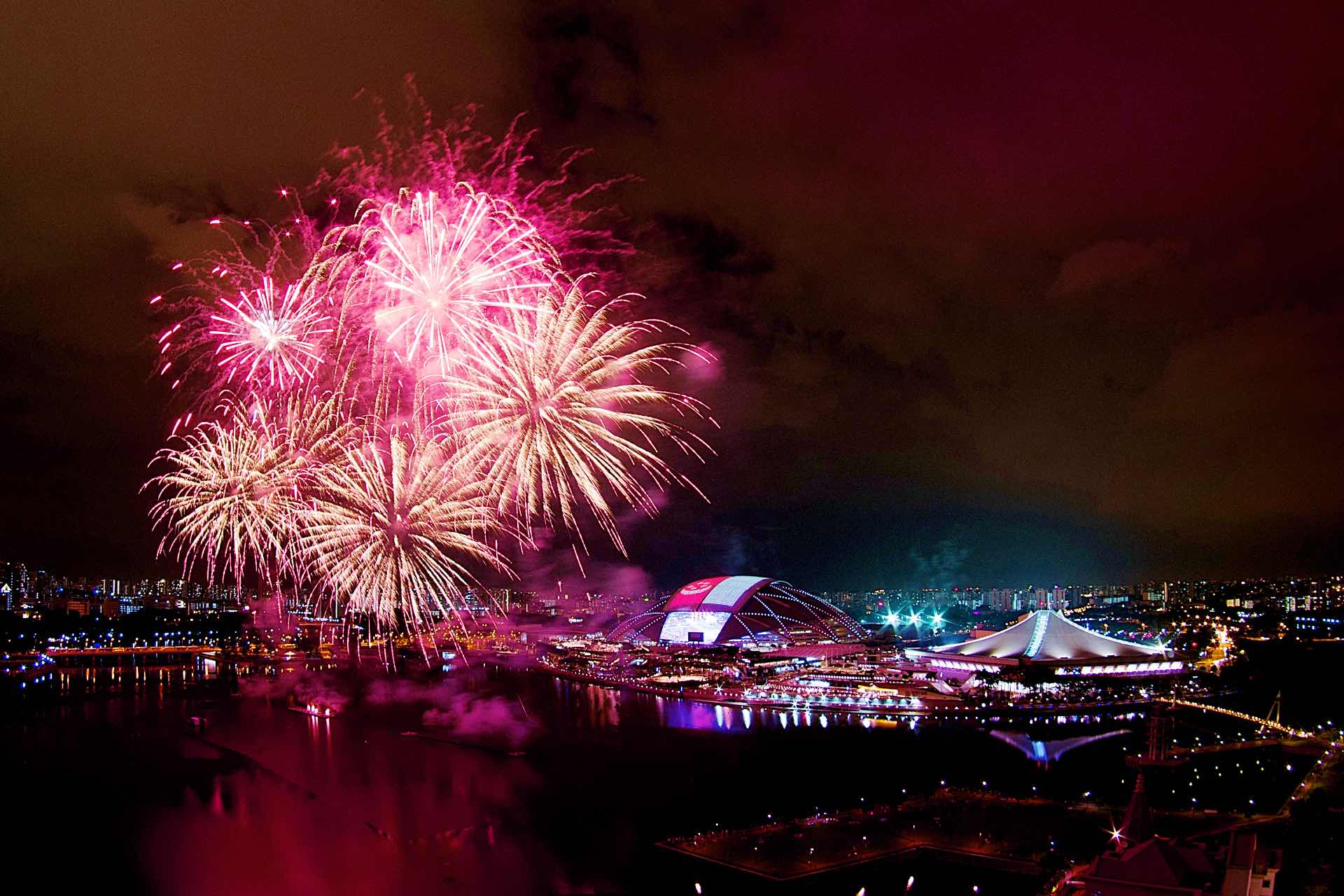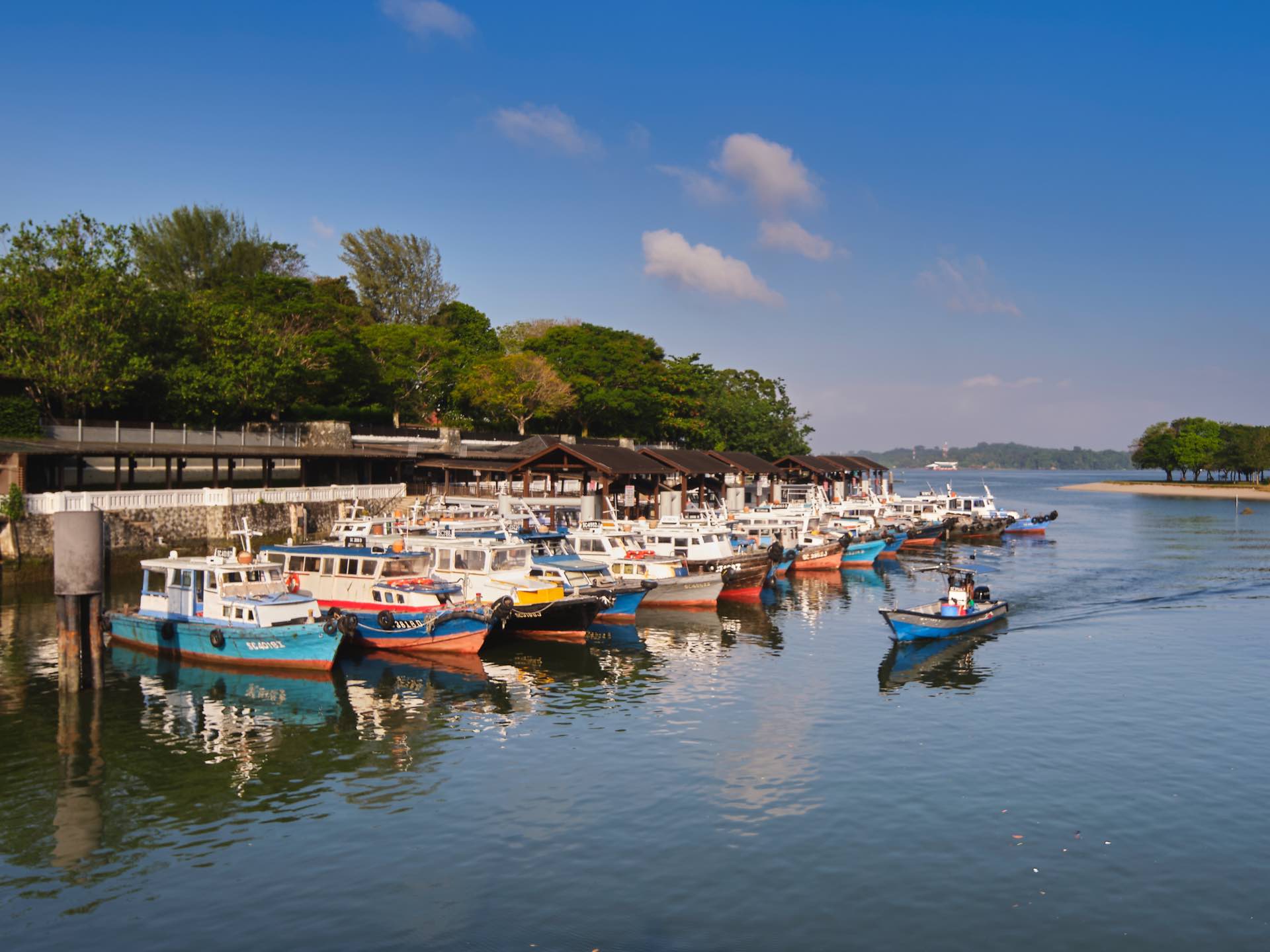
Changi holds many cherished memories for its residents. For those who lived in the kampongs, they were fond times. Isiah Majid, who grew up in Kampong Ayer Germuroh, recalls climbing rambutan trees, wading out onto the beach during low tides, and playing in the sea. Longtime resident K V Thalapathy shares that as a mischievous child, he would “steal” sugarcane from the plantation near his kampong, and play in the flooded football field when it rained heavily.
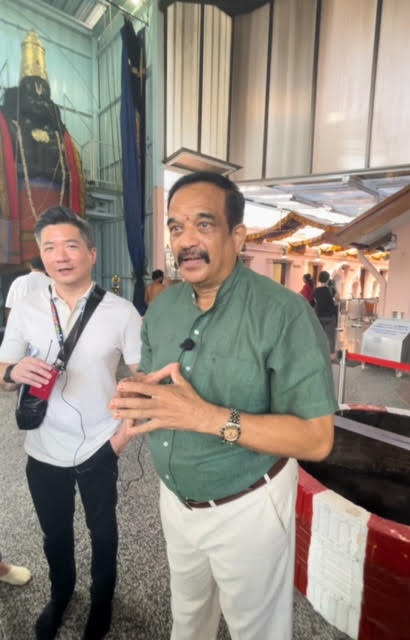
There are also important historical landmarks and buildings in this northeastern part of Singapore. Walk along Changi Village Road and you’ll come across Sree Ramar Temple. Completed in 1946, the Hindu temple houses a tree shrine considered sacred by Hindu residents of Changi Point, as well as shrines to non-Hindu deities Buddha and Guan Yin.
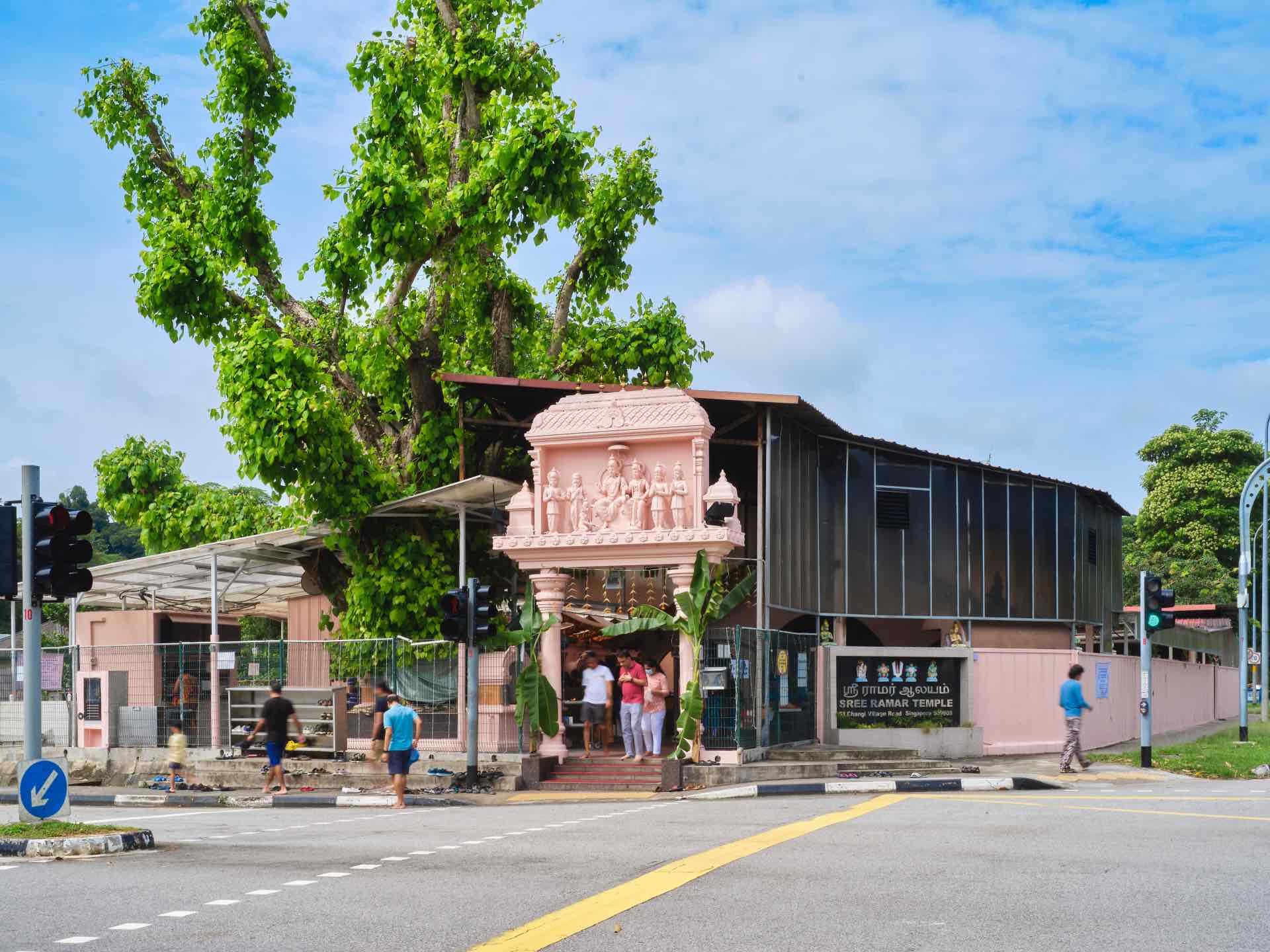
These stories and sites are just some examples of Changi’s vibrant mix of cultures and communities. More than just a seaside town with good food and world-famous Changi Airport, there is a more fascinating and complex history beneath the surface.
Local explorers have a chance to know more with the new Changi Heritage Trail by the National Heritage Board (NHB). This self-guided trail – the 24th trail by NHB – sheds light on its cultural, social, economic and military heritage over the centuries.
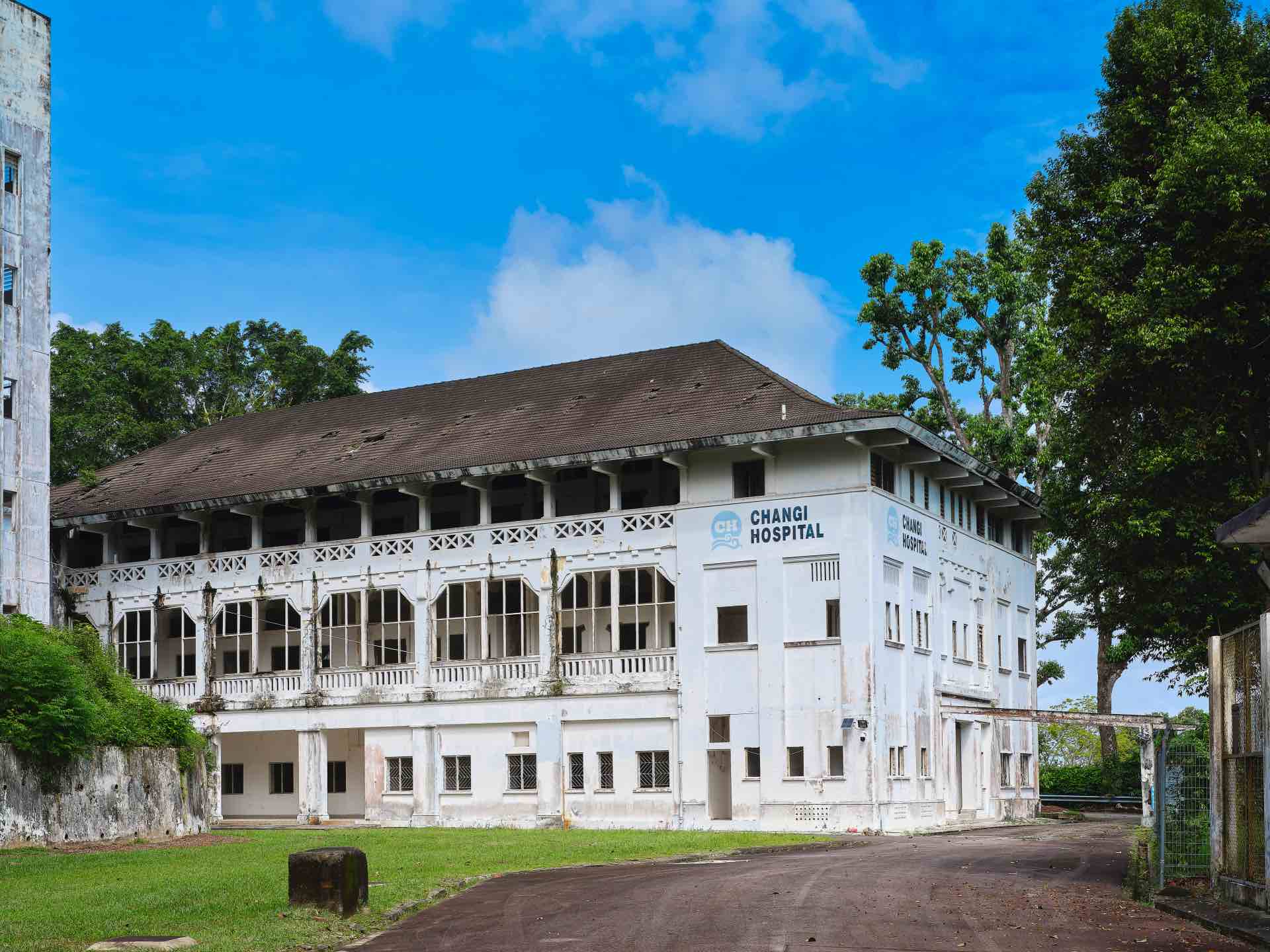
Trailgoers will discover the diverse narratives of Changi, from the hardships of prisoners of war (POWs) during the Japanese Occupation to the lively mix of cultures found in the kampongs.
Life along the coast
In Changi’s kampongs, fishing and other maritime activities shaped the economy, society, and culture. Fisheries, berkarang (coastal foraging) and kapur (lime-based whitewash) were livelihoods in Ayer Gemuroh, Mata Ikan, and Beting Kusah.
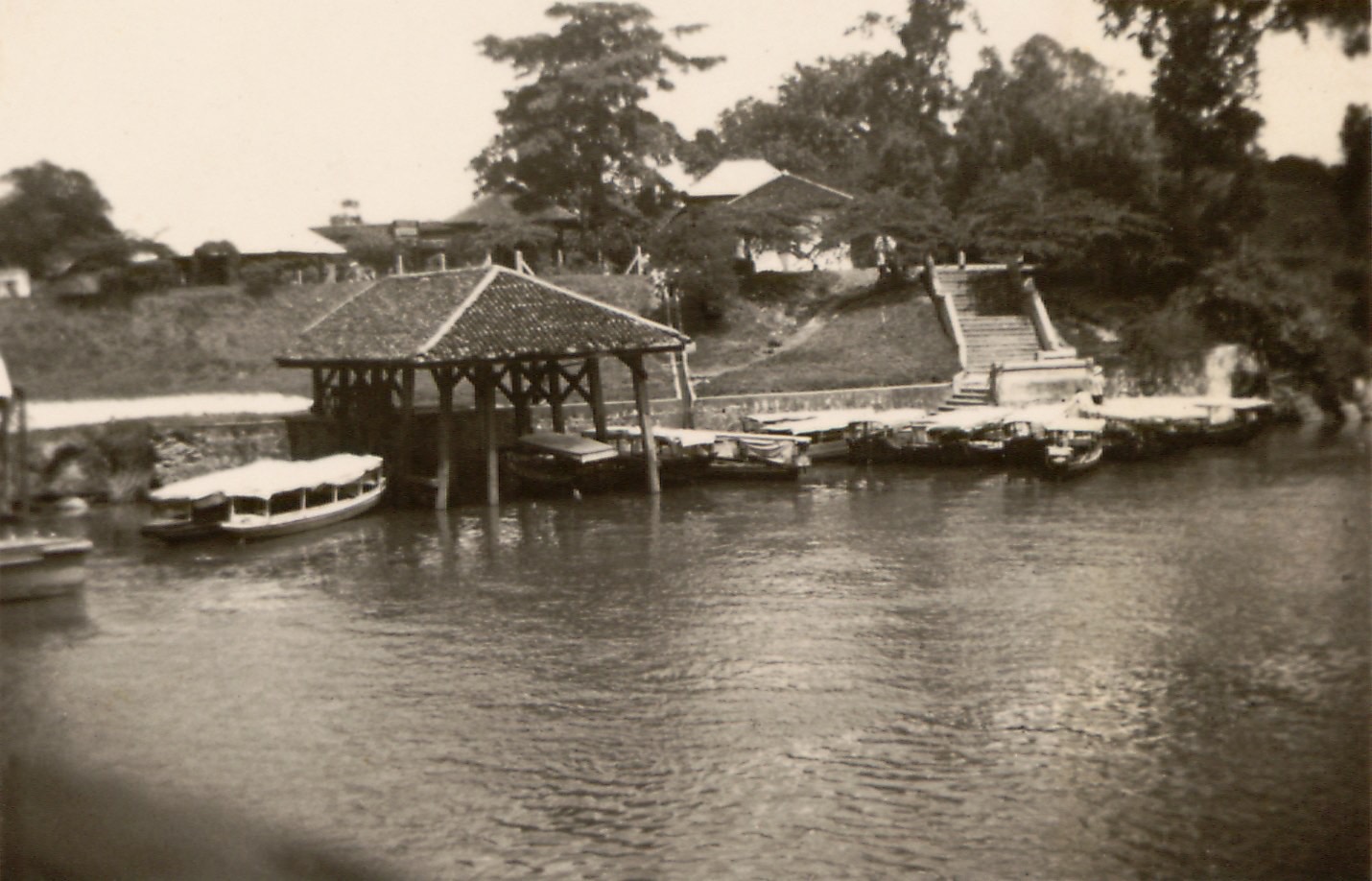
Singapore’s “Lido”
Changi was a popular leisure destination during the colonial period due to its quiet beaches, cool sea breezes, forested environment, and location for sailing to nearby islands. It was dubbed “Singapore’s Lido” – a reference to the famous Lido di Venezia in Italy.

Protecting Singapore
After the 1920s, Changi became a strategic military and penal hub. As the UK’s new naval base at Sembawang required a cantonment and artillery emplacements to house troops and guns, Changi was a natural choice as it commanded the eastern approach to the Johor Strait and was far from the city and major residential areas. Additionally, Changi Prison was built in the early 1930s as Pearl’s Hill and Outram Prisons became overcrowded. During the Japanese occupation, it also housed Western civilians and prisoners of war (POWs).
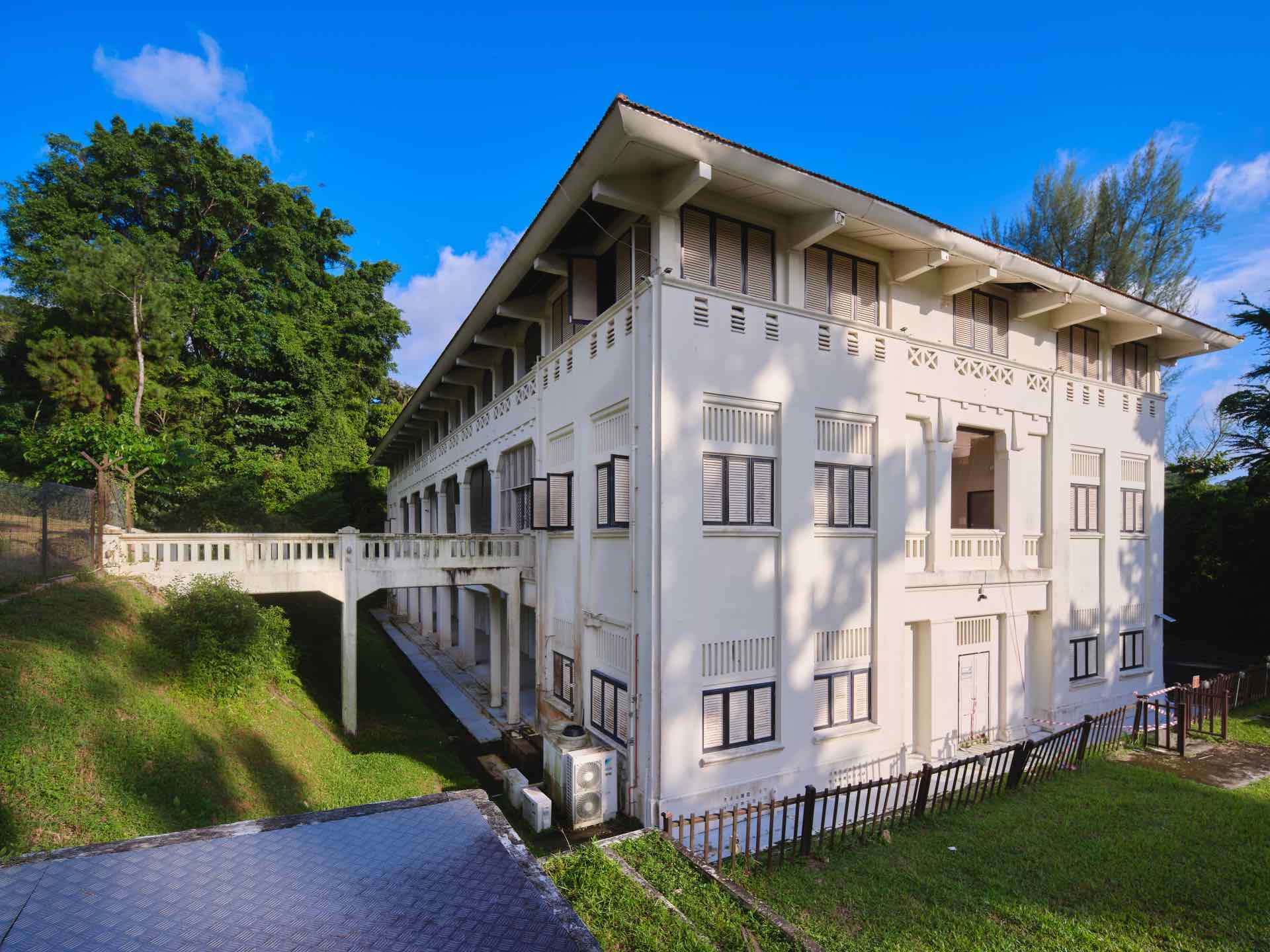
Thematic routes covering both history and heritage
The Changi Heritage Trail has three thematic routes, 23 heritage sites and six heritage trail markers that tell stories about its community, trace its evolution, and provide insight into its rich history.
- Bungalows and Beaches in Changi (4km; 1 hour with public transport): This covers the history of bungalows built and frequented by colonial officials, the stretch of chalets well-loved by Singaporeans today, and the sailing and beach clubs. Start at Ezekiel Saleh Manasseh’s former home at Neverathon Road, now a part of the Civil Service Club @ Changi (CSC @ Changi). It is Changi’s oldest building dating back to 1920. Changi Cottage, also part of the CSC @ Changi resort, is open only to renters, Lee Kuan Yew recuperated and worked at the cottage after the tumult of Singapore’s independence in 1965. You cannot enter unless you are staying there.
- War and Peace in Changi (7.6km, not including an optional route; 1.5 hours with public transport): Learn the history of the former Changi Cantonment in Changi; Changi Prison; the former barracks of RAF soldiers; and the Changi Chapel and Museum, which features narratives about the occupation through artefacts and recollections of POWs. Another famous site is the former Changi Hospital, which was completed in 1962 and served residents until 1997 when it was merged with Toa Payoh Hospital and relocated to Simei.
- Gateways and Communities in Changi (12km ; 2 hours with public transport): Explore the legacies of Changi’s communities and the places in which they lived, worked, and played. These include Changi Point Ferry Terminal, which replaced two long-standing wooden jetties used by boat operators and fishermen for decades, and the well-loved hawker centre and market which exemplify Changi Village’s reputation as a foodie destination.
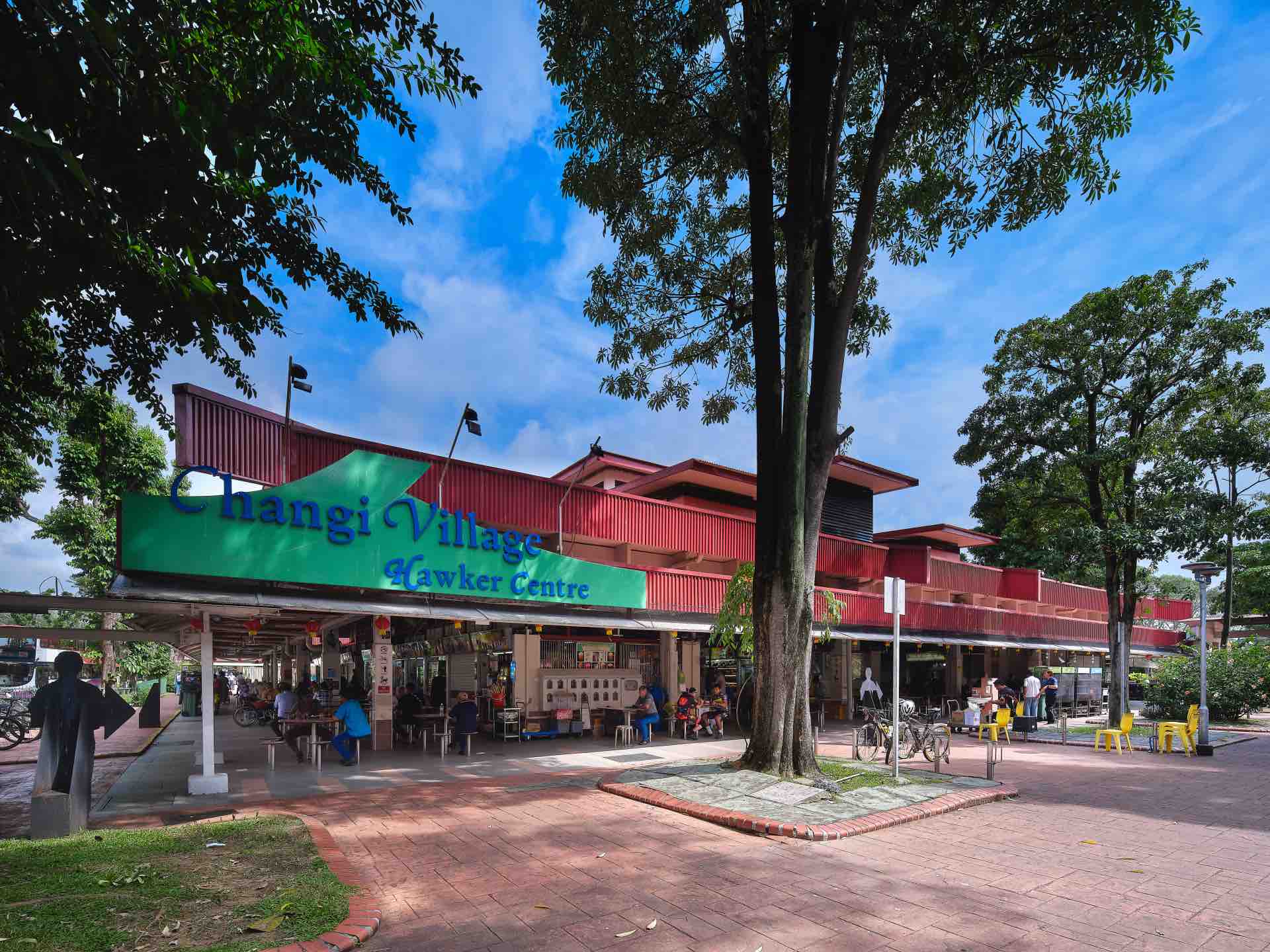
Other highlights include Yan Kit Village Chinese Temple, established by residents of the former Yan Kit Village in 1939, and of course, Changi Airport, which was built in 1981 and continues to expand today, with Terminal 5 and a third runway scheduled for completion in the 2030s. Changi Experience Studio features galleries highlighting the airport’s history.
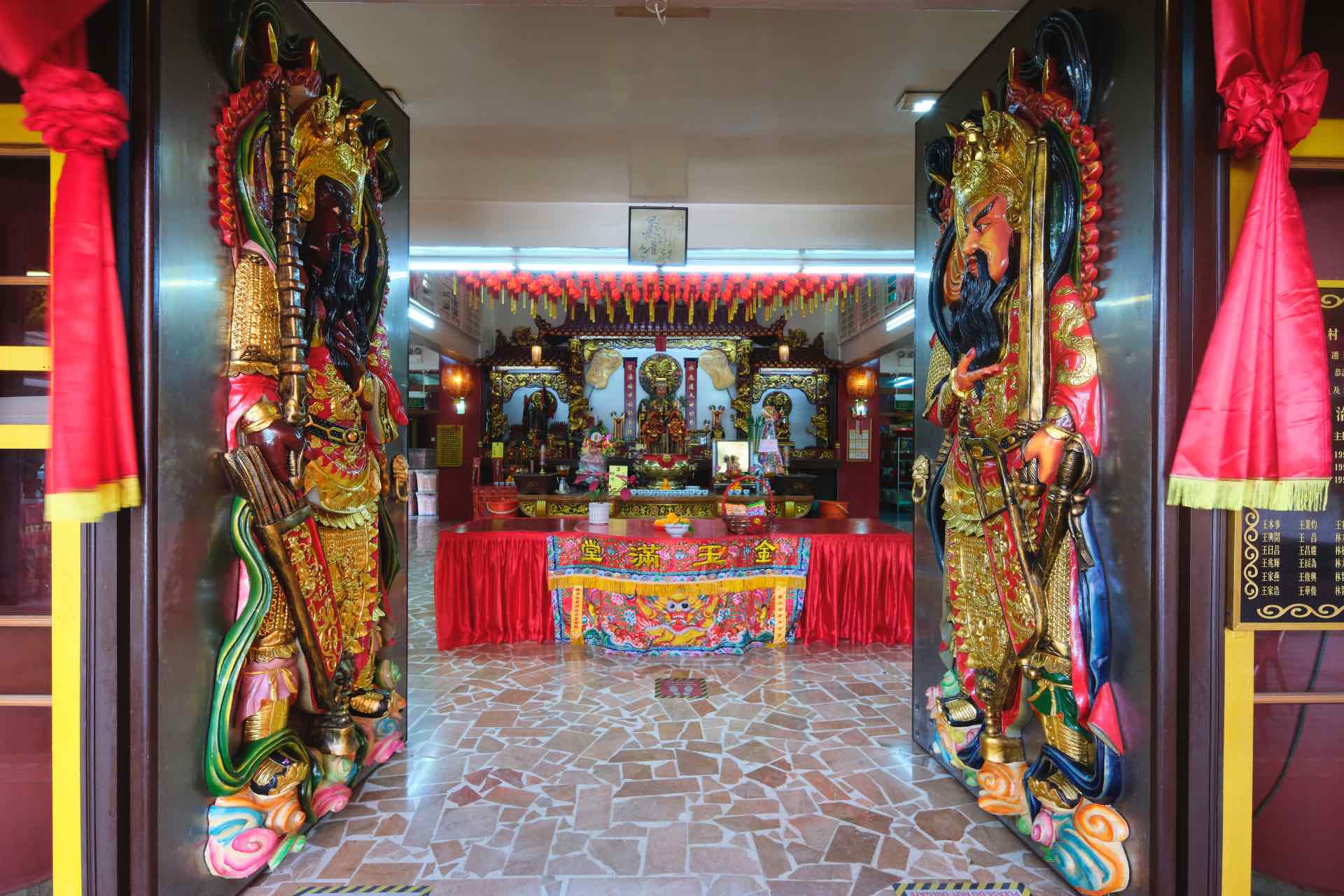
Download the Changi Heritage Trail’s companion guide and map here. From June 2024, the map will be available in all four languages. The companion guide is also available at Siglap Community Club, Changi Chapel and Museum, and Asian Civilisations Museum in limited quantities.
Five facts you probably never knew about Changi
2. Changi’s natural beauty also inspired European artists and writers. In 1869, Austrian diplomat and naturalist Eugen Von Ransonnet painted two depictions of it. 3. The Changee Hut bungalow was built in 1845, making Changi a popular holiday spot. After this, more bungalows were built in Changi. The oldest from that time is currently Changi Sailing Club @ Changi’s clubhouse, which was built before the 1920s and owned by Jewish businessman Ezekiel Saleh Manasseh, who also co-founded Goodwood Park Hotel with his brothers Morris and Ellis. During the Japanese Occupation, Manasseh was sent to Changi Prison where he died in 1944. 4. Yan Kit Village Chinese Temple served as a refuge for many during the Japanese Occupation. Despite its proximity to the military base and artillery batteries, it was never bombed. The temple’s worshippers believed divine protection was responsible for this. 5. Military personnel from the nearby RAF Changi military air base would frequent Changi Milk Bar in Changi Village, founded by Charlie Han. It was reinvented in the 1970s as Charlie’s Corner, and is currently run by Han’s grandson.
|
For more information on the trail, visit go.gov.sg/roots-changi-heritage-trail.
All photos courtesy of National Heritage Board unless indicated. Additional text by Nida Seah.


